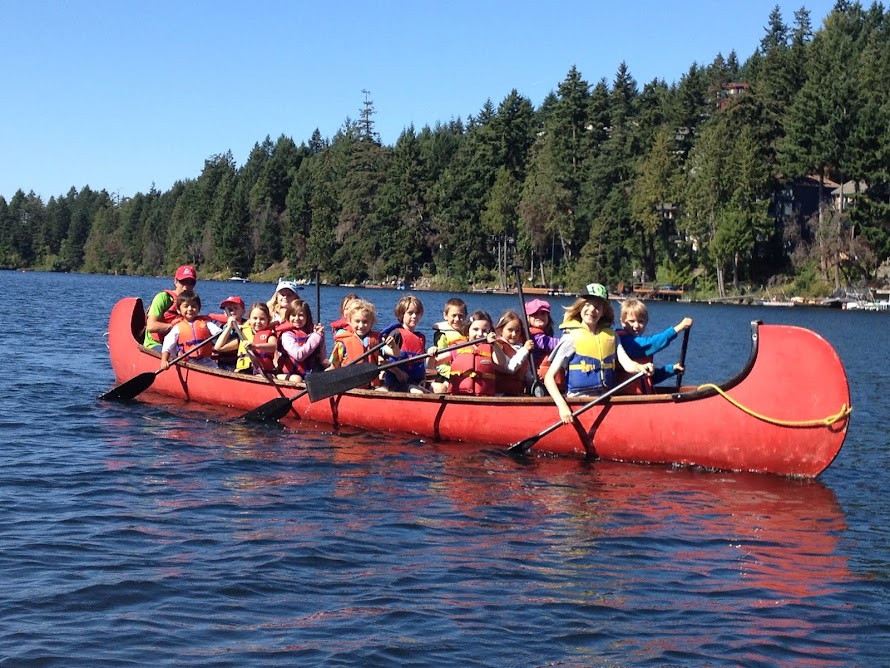In Montessori classrooms all over the world, one can find a stack of puzzle maps - a set of wooden maps, one for the world and one for each continent (except Antarctica). Each continent map is divided into pieces for each country and the knobs are placed where each country’s capital is found. There are also maps to represent the children's own country in which the pieces are cut into provinces, counties, states, etc.
They often come in their own stand,
or can be found on a store-bought shelving unit – one map per shelf.
Puzzle maps are a favourite material in the classroom and on any given day one or more of the maps will be taken out and worked on by students. Younger children work with the maps to learn the names of the continents or countries with a teacher (using the 3 period lesson). Other children might be sorting out animals according to the continent on which they are found,

and older children can be found making their own maps by tracing, colouring and labelling the countries on large pieces of paper.

In one classroom I've visited, the children like to stitch the hemisphere together and hang them from the ceiling.

Like most Montessori materials the learning possibilities inherent in this material are endless. Unfortunately, some of the pieces are very, very small and no matter how diligent the teacher, some of those little pieces go missing.
In training, Montessori teachers are taught to remove a material from the classroom if it is broken or incomplete, and not to returned it until repaired. The reason for this becomes obvious when preparing to give a lesson to a child only to discover that something is missing from the activity.
Unfortunately, removing larger materials, like a puzzle map, is easier said than done. Individual replacement pieces can be purchased as long as the map itself is not an old one, and replacing an entire puzzle map when a piece goes missing can become very costly. Many of us make the decision to leave the maps on the shelf so that our students won't be held back from learning the names of all the other countries. That is why I found the following anecdote so funny.
We are currently holding conferences with parents of our Primary (3-6 year old) children.We were discussing, with a parent, how many of the maps her child had learned when she said, "My daughter came home and told me that she will soon be learning the names of the imaginary countries."
She was referring, of course, to the little holes left by all those missing puzzle pieces. Time to buy some new maps, I think. :)

1 comment:
Montessori geography materials are amazing and one of our favorites, these are such great photos and information:)
Post a Comment